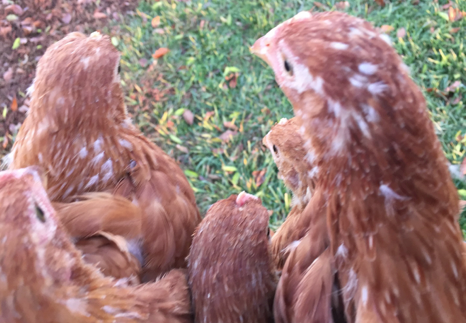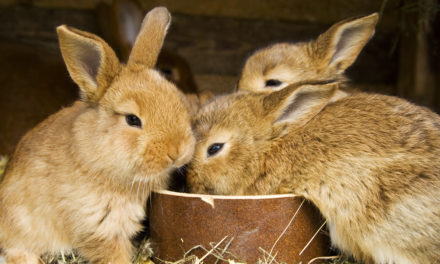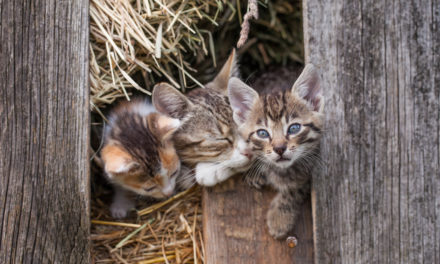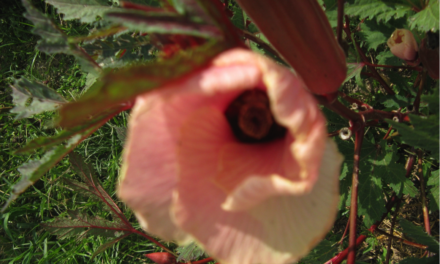The ISA Brown chicks are now close to three months old and they are doing great! It has gotten down into the 20s but thanks to the heat lamps they are thriving.
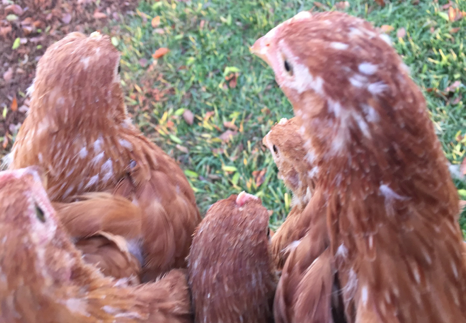
I couldn’t resist adding some ISA Browns to my flock after I “chick-sat” for an urban homesteader who was imploring her city to pass an ordinance to allow Urban Chicken. Those girls laid an egg a day consistently and they were gentle, calm hens. The genetic composition of the ISA Brown is a closely guarded secret made up of genes from a complex group of breeds that includes the Rhode Island Reds and Rhode Island Whites. The ISA Brown is not a true breed as it cannot be reproduced “with like characteristics” independently but is a hybrid type of Sex Link. Sex Links are auto sexing, meaning that the cocks are one color and the pullets another when hatched.

When you raise any of the breeds that are mainly for egg production, they will not be long-lived. The ISA Brown will lay approximately 300 eggs a year and after two years their bodies are exhausted and they will stop producing well. They will come to “point of lay” sooner than many of the heavy breeds, starting egg production as early as 20 to 24 weeks.
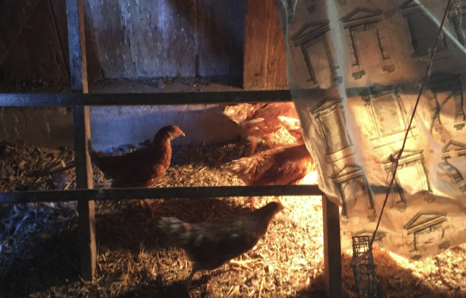
When brooding chicks in colder months, it’s important to give them a place where they can warm up if they are too cold. A broody hen will gather her chicks under the warmth of her feathers but without a good hen, a heat lamp will suffice. Here, I rigged up a heat lamp at the corner of a roost and covered it carefully with a drape of old fabric. It blocks the drafts well. The greatest issue with winter brooding is keeping them warm enough so that they have sufficient energy to keep growing and not spend all their resources trying to stay warm. I check their feet when I move them to their larger day area to ascertain if they are stressed with the cold. I also check each one’s keel, the chick’s breastbone. If you can feel both sides of the cartilage, it is not getting enough nutrients. Watch your flock carefully.

This is a quick trick to see if a young pullet is keeping on the weight gain needed for proper development into a great layer.
With brooding in winter, I raise their protein levels as most birds eat less in winter. I accomplish this by feeding them Buchheit’s Game Bird non-medicated starter that contains 28% protein. It’s slightly more expensive than regular chick starter but it’s so worth keeping the growing chicks healthy.
Think about getting some chicks now and finishing brooding before the heavy lifting we all face in spring. Sincerely here to help! Anne May

